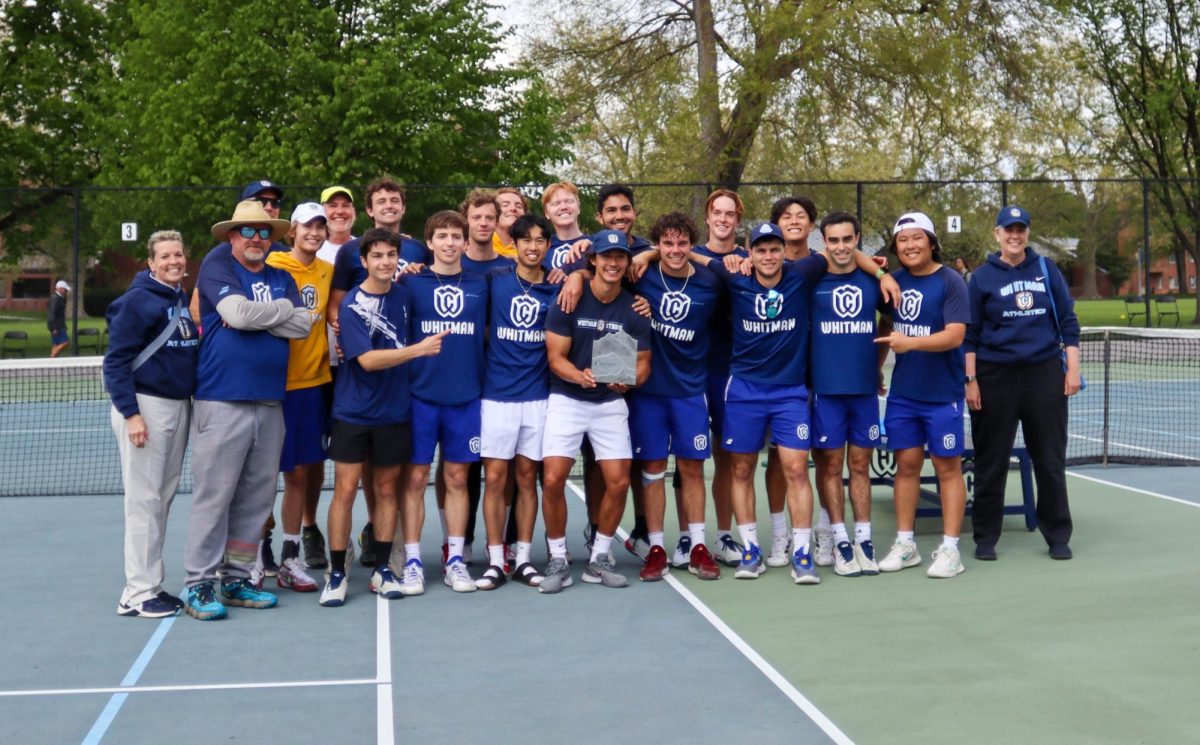Amateur Athletic Union (AAU) basketball is the most important tool in helping aspiring basketball players attain their dream of playing college basketball. For the spring through the summer, college coaches line the baselines of gyms in major AAU tournaments across the country evaluating players and looking for potential recruits.
Because I was once one of these players, I can attest to the giddy thrills of brushing shoulders with major college coaches walking out of a gym and watching games of nationally ranked prospects.
These tournaments are jam-packed full of hope. Coaches are hoping to find the player to round out their recruiting class, and players are hoping to land a coveted scholarship. Unfortunately, this hope is accompanied by the reality that the style of AAU basketball does not reflect the structured sphere of college basketball. Not at all.
While certainly not in all cases, the majority of upper-tier AAU basketball teams are made up of players who are from different high schools, cities and sometimes even states. They practice a handful of times a week depending on the varying availability of the players on the team.
With such little practice time, one can guess the style of basketball that ensues. The games turn into isolation-based, unorganized frenzies that can best be described by my Dad’s favorite phrase, “helter-skelter.” With no team defense, highlight plays like alley-oops, ankle-breaking crossovers and shots that are swatted into the fifth row of the stands garner the oohs and ahhs that young players all want. The current basketball culture encourages these feats of athleticism, so players keep mastering those particular plays.
I know that I probably sound like a “Hoosiers”-worshipping basketball aficionado, but I can assure you that I am not. I enjoy watching posterizing dunks and slick dribbling as much as the next fan. As much as it pains me to admit, watching high-flying, athletic basketball is hard not to appreciate.
The problem is that there is a disconnect between what AAU breeds and how college basketball is actually played. The majority of successful college basketball programs are predicated on good shot selection and team defense. Passing, screening and cutting are a part of college basketball as are defenses that move as a unit and work together.
While outstanding one-on-one play has its place in college basketball, especially in late game situations, a good portion of players who try what worked for them in AAU likely find themselves on the bench in a hurry once they get to college.
Coaches, on the other hand, go into these AAU tournaments knowing they must mold these undoubtedly talented young players into college basketball players who can produce consistent results in a structured system. The hard part is knowing which players are coachable and which ones are not.
In a perfect basketball world, AAU would properly prepare players for their potential futures in college basketball, and coaches would have the opportunity to effectively evaluate talent. Since AAU falls terribly short of both, we are left with a system whose goal is to send high school basketball players to college, yet simultaneously complicates the process for both players and coaches involved.
If AAU basketball really wants to be the primary facilitator for tournaments that showcase prospective college players, the coaches of AAU teams must take it upon themselves to put their players in a system that at least partially mirrors a constructive team atmosphere. Otherwise, players are left with rough transitions into the college game that is rooted in a system that will continue to be unorganized until conscious effort is put into actually preparing these young basketball players for the next level.


